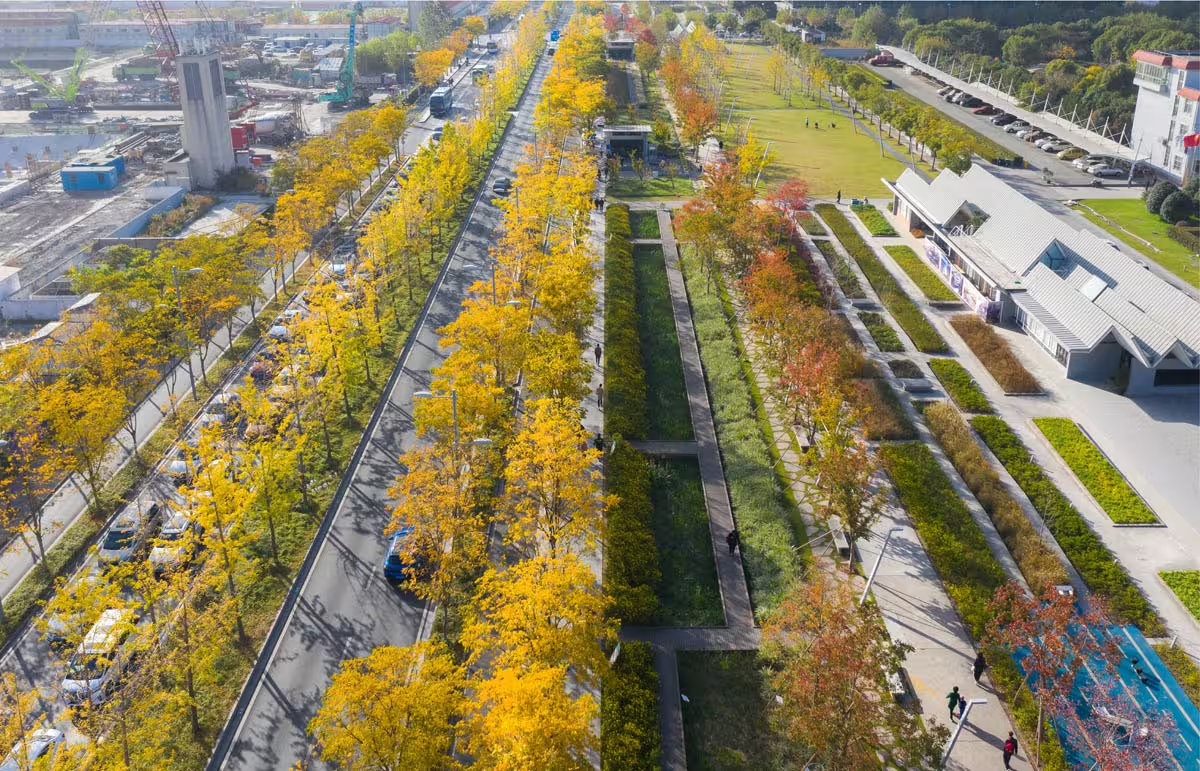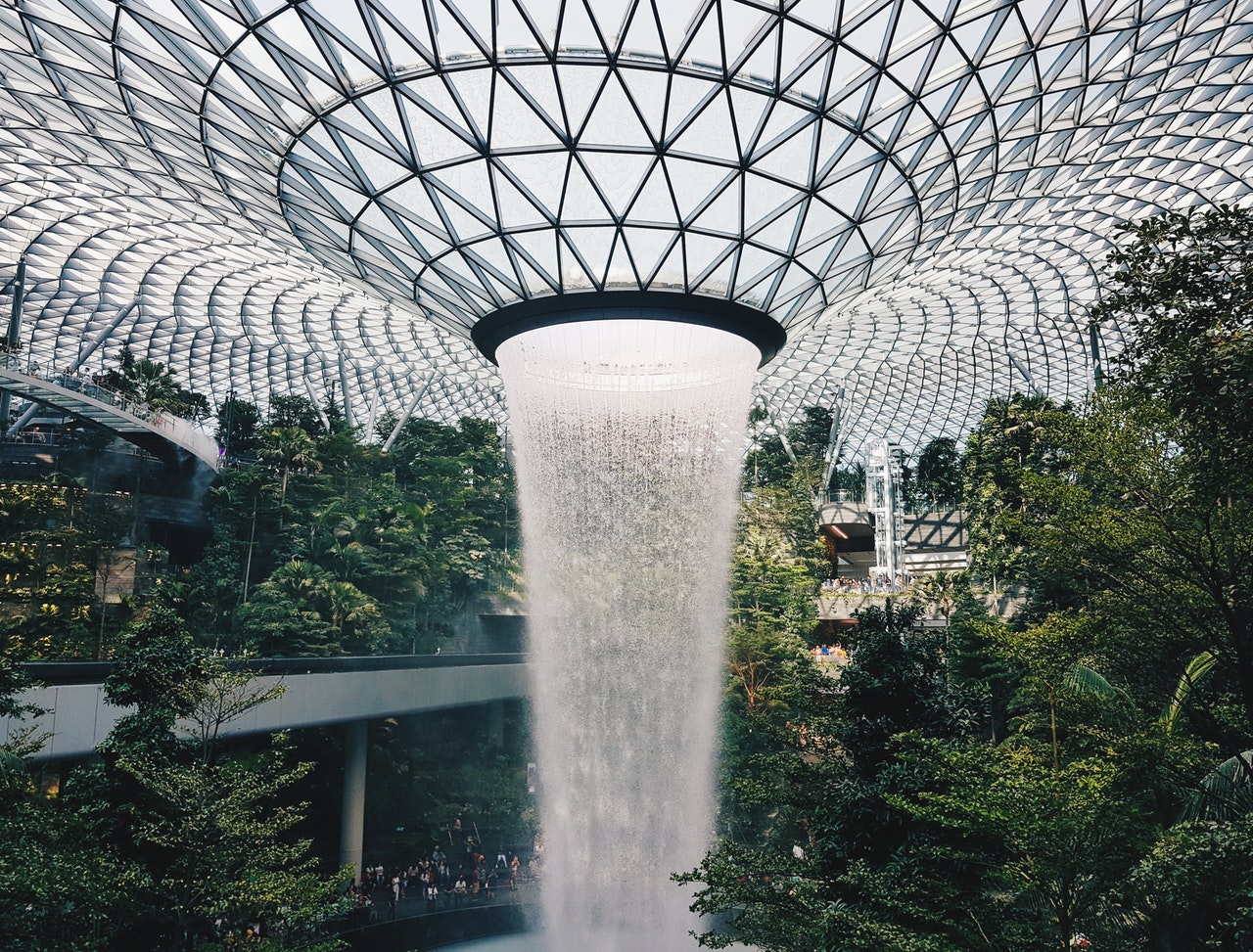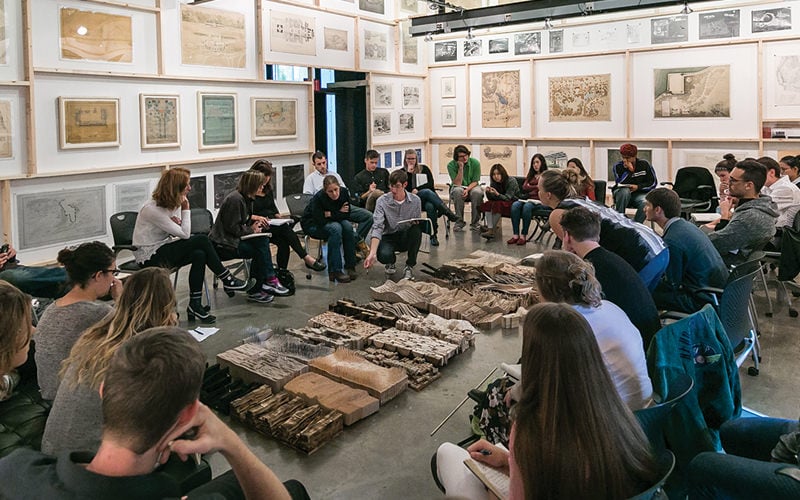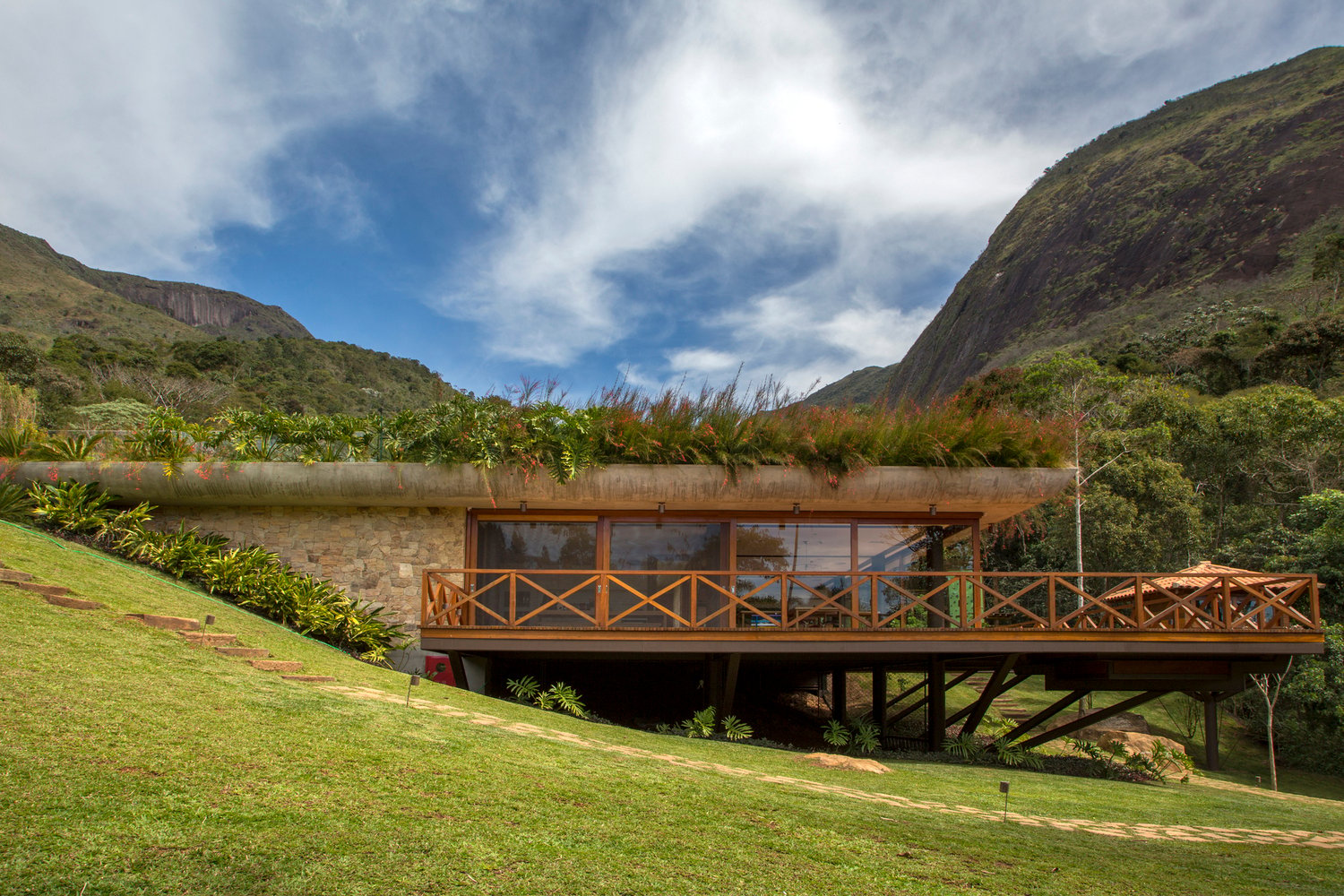Landscape Architecture: Definitions, Types, Elements & More

Table of Contents
Landscape architecture is the design, planning, and management of outdoor and public spaces, integrating both natural and built environments. It plays an important role in creating sustainable and functional spaces, like parks, streetscapes, and urban developments, which enhance the quality of life for communities. As climate change impacts cities, landscape architects design solutions that address ecological issues, promote biodiversity, and improve urban spaces. With growing urbanization, this field is essential in developing green spaces, improving air quality, reducing heat islands, and fostering social well-being. The profession demands a mix of design expertise, ecological knowledge, and technological skills, like BIM (Building Information Modeling).
This guide explains landscape architecture, its types, key design elements, and why landscapes matter in today’s climate-challenged cities. It also covers the role, skills, education path, and top career opportunities for aspiring landscape architects. Perfect for students and AEC professionals exploring landscape design, sustainability, and high-impact urban development careers.
What Is Landscape Architecture?

Landscape architecture is the art and science of designing outdoor spaces, including parks, gardens, and urban areas. It integrates natural elements with architecture to enhance aesthetics, sustainability, and community well-being.
Landscape Architects are involved in the conceptual design of spaces pertaining to buildings, primarily, streets, roads, apartment compounds, shopping malls, squares, plazas, gardens, pocket parks, playgrounds, cemeteries, memorials, museums, schools, universities, regional parks, etc.
This complex field requires an extensive knowledge of design that overlaps between the fields of architecture, engineering, horticulture, botany, psychology, sociology and other branches of the arts and sciences.
Importance of Landscape in Architecture

Landscape architecture is essential for creating functional, sustainable outdoor spaces. It improves the environment, supports biodiversity, and provides aesthetic value to communities. It also helps address climate change by improving urban ecosystems and air quality.
The complex field of Landscape Architecture is becoming increasingly important as the world faces pressing issues such as climate change, decreasing mental health, poor air quality, etc.
1. Preservation of the Environment
With the rise of issues like global warming, the importance of landscape architecture is also increasing. Sustainable landscapes help clean the air and water, increase energy efficiency, restore habitats, and create value through significant economic, social, and environmental benefits. The right use of Landscape Architecture can even help in the regeneration of polluted areas.
Read more: What is Green Architecture: Everything You Should Know About its Principles and Features
2. Air Purification
Certain plant varieties can have an immense impact on clearing air pollution. Plants and trees purify the air by both, removing pollutants and bringing temperatures down, which reduces nearby energy usage that would further contribute to poor air quality.
3. Relief from hot weather

There are various ways in which the Urban Heat Island effect can be mitigated through the use of landscape interventions. Small parks, known as ‘Pocket parks,’ act as a good solution here. They provide shade from the sun and a quiet, peaceful retreat from the noisy urban environment.
4. Enhanced mental health
Studies have shown that the presence of plants in the environment reduces blood pressure, heart rate, muscle tension, stress, fatigue, and aggressive behaviours. Thus, proper use of landscape architecture can help enhance the mental health quality of the citizens.
Education of Landscape Architecture

Education in landscape architecture equips students with design, technical, and ecological knowledge. It involves a combination of formal degrees, including a Bachelor’s and Master’s, and practical experience to address modern landscape challenges.
Besides a formal education degree in landscape architecture, a landscape architect needs:
- Sensitivity to landscape quality,
- A humanistic and empathetic approach towards architecture,
- Technical expertise in tools such as BIM and Computational Design to implement the design concepts,
- Skills developed in all aspects of professional practice including Project
- Management and Professional Ethics,
- In-depth knowledge of Biology, Geography, as well as of the main characteristics of soil and air masses.
A formal education is essential to gain these skills and knowledge. Professional education in landscape architecture can be obtained at the undergraduate or graduate level.
After earning a Bachelor’s degree in Architecture, one can study further to attain a Master’s degree with specialisation in the field of Landscape Architecture and become a Landscape Architect. The duration of a Bachelor’s degree is five years, while a Master’s Degree in Landscape Architecture takes about two years.
Types of Landscape Architecture
Landscape architecture includes urban design, parks, gardens, community spaces, and flood protection. It also encompasses historic preservation, horticultural design, and environmental restoration, focusing on creating sustainable, functional, and aesthetically pleasing outdoor spaces.
The types of Landscape Architecture include:- Urban design
- Public parks
- Gardens and grounds
- Living roofs and roof gardens
- Community gardens
- Cycleways
- Private gardens
- Flood protection
- Historic preservation and restoration
- Horticultural design aspects of interior design
- Monuments
Role of Landscape Architects

The role of a Landscape Architect involves planning, designing, and managing open spaces including both natural and built environments. The role of landscape architects is not just beautification of the space, but about partaking in creating the space itself. They have a key role in creating the ambiance of development, and creating the quality of the built environment.
1. Job roles and responsibilities of Landscape Architects
The work of a Landscape Architect primarily involves:
- Creating plans, designs and drawings using Computer-Aided Design programs
- Surveying sites
- Writing reports
- Discussing requirements with clients
- Producing contracts and estimated costs
- Presenting proposals to clients for approval and agreeing time-scales
- Overseeing projects as they progress
- Seeking the opinions of locals, business and others who use the site
- Liaising with other professionals such as architects, surveyors, town planners and civil engineers
The actual construction or maintenance work is normally undertaken by the landscape contractors, while the Landscape Architects are responsible for the designs, overseeing the project and monitoring progress. Landscape Architects normally work in an office and travel to sites as required.
2. Landscape Architecture Jobs
There are several types of alternative careers for landscape architects. We have provided below a list of landscapists career options that aspiring individuals may opt to upgrade their knowledge.
Some of them include:
- Architect
- Civil Engineer
- Construction Manager
- Drafter
- Design Associate
- Project Manager
- Project Designer
Also Read: Architecture Thesis Topics: A Comprehensive List of 30 Topics to Pick From 2025
3. Best Landscape Architecture firms in India

Landscape architecture involves five essential design elements: color, line, form, texture, and scale. These elements work together to create visually appealing, functional, and sustainable outdoor spaces that engage with both natural and built environments.
Here are the 5 fundamental design elements to landscape design:
- Ravindra Bhan and Associates
- M/s. Prabhakar B. Bhagwat
- Kishore D Pradhan: Architecture + Landscape
- Architecture BRIO
- Design Cell
- Oracles
- FICUS Landscape Architects
Interested in knowing more Architecture firms? Check out: 20 Leading Landscape Design Firms in India and the US for 2025
Elements of Landscape Architecture
There are 5 fundamental design elements to landscape design. They are:
Colour: Colour is an important design element for both softscape and hardscapes. The colour of the foliage and inflorescence creates a mood for the whole design. design.
Line: Whether it is as simple as walkways or as individualistic as herb garden designs, lines are fundamental elements that guide your design.
Form: Over here, form refers to the shape of the plant or hardscape feature.
Texture: Texture applies to both softscape and hardscape.
Scale: Varying heights and widths enhances the overall design composition.
These seemingly abstract terms may be perplexing, but are extremely important to the field of Landscape Architecture.
Also Read: Best Architecture Software Courses Online(2025)
Integrating Landscape and Architecture Design

Integrating landscape and architectural design ensures harmony between natural and built environments. This fusion creates functional, aesthetic, and sustainable spaces that improve ecological health, social well-being, and overall urban livability.
The integration of architecture and landscape is an expression of the sublime principles which are used to manage space in a mature, sustainable manner. While a lot has been researched in this field, a trans-disciplinary approach is still needed to understand the intersection of Landscape Design and Architecture and its impact on psychological, climatical, and social well-being of its inhabitants.
Conclusion
Landscape architecture is an essential profession in shaping sustainable and aesthetically pleasing outdoor spaces. By integrating nature with design, landscape architects enhance urban environments, improve public health, and mitigate climate change. As the field continues to evolve, proficiency in BIM tools, such as Revit and Navisworks, is becoming increasingly valuable for professionals looking to excel in this industry.
For those seeking to advance their careers, we recommend exploring the BIM Course for Architects by Novatr, which offers in-depth training in Revit and other essential BIM software. Gain the skills needed to take your landscape architecture career to new heights. Visit our resource Page for more insights into the latest trends in architecture and construction.
FAQs
1. What is meant by landscape architecture?
Landscape architecture involves designing and planning outdoor spaces like parks, streets, and gardens. It blends natural elements with architecture to create functional, sustainable environments that enhance public well-being and ecological health.
2. What does a landscape architect do?
A landscape architect designs and manages outdoor spaces, including public parks, gardens, and urban areas. They focus on creating functional, aesthetically pleasing environments that meet ecological, social, and environmental needs.
3. What is the salary of a landscape architect in India?
The salary for a landscape architect in India typically ranges from INR 4-6 lakhs annually for entry-level positions. With experience, it can increase to INR 8-12 lakhs, depending on the location and size of the firm.
4. Is it hard to get a job in landscape architecture?
While landscape architecture jobs can be competitive, the growing demand for sustainable urban spaces and green infrastructure offers significant opportunities. A relevant degree, practical experience, and advanced skills, such as BIM, can improve job prospects.
5. What is the rule of 3 in landscaping?
The rule of 3 in landscaping refers to grouping plants or elements in threes to create a balanced, visually appealing design. This technique helps ensure variety while maintaining harmony and cohesion in the landscape.


 Thanks for connecting!
Thanks for connecting!

.png)
.png)

.jpg)



